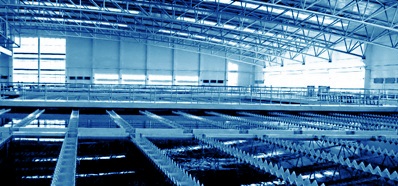Flow meters
Purpose of Flowmeters
One of the key tools for monitoring water flow is flowmeters. These devices are instruments used for the accurate measurement and recording of the volume of water used with a certain degree of precision. Flowmeters find wide applications in various sectors, including industry, agriculture, and communal water supply systems.
The purpose of using water flowmeters is highly diverse. In industrial facilities, they are employed for the control and optimization of water resource utilization in manufacturing processes. In the realm of communal services, water flowmeters are used to account for the volume of water consumed in residential and commercial buildings. This ensures a fair calculation of payment for water usage and identifies potential malfunctions or leaks in the water supply system.
Types of Flowmeters and Operating Principles
There are several types of water flowmeters, differing in their operating principles and measurement accuracy.
Mechanical Flowmeters:
- Vortex Flowmeters: measure the frequency of vortices formed as liquid passes through an obstruction. The frequency of vortex oscillations is proportional to the liquid flow.
- Paddlewheel Flowmeters: based on the rotation of blades under the influence of liquid flow. The rotation frequency is also related to the flow rate.
Electromagnetic Flowmeters:
- measure changes in the electromagnetic field caused by the movement of conductive fluid. The flowmeter electrodes register these changes and allow the calculation of the fluid volume.
Ultrasonic Flowmeters:
- based on the principle of the time it takes for ultrasonic waves to pass through the liquid flow. The time required for ultrasonic waves to travel between the transmitting and receiving elements is measured.
Coriolis Flowmeters:
- measure changes in the angular velocity of the pipe through which the liquid flows, under the influence of Coriolis forces.
Flowmeters play a crucial role in modern technologies, providing precise control and management of fluid flows. The variety of operating principles and a wide range of applications make them a key element in different industries, contributing to process optimization and the increased efficiency of technological systems.



